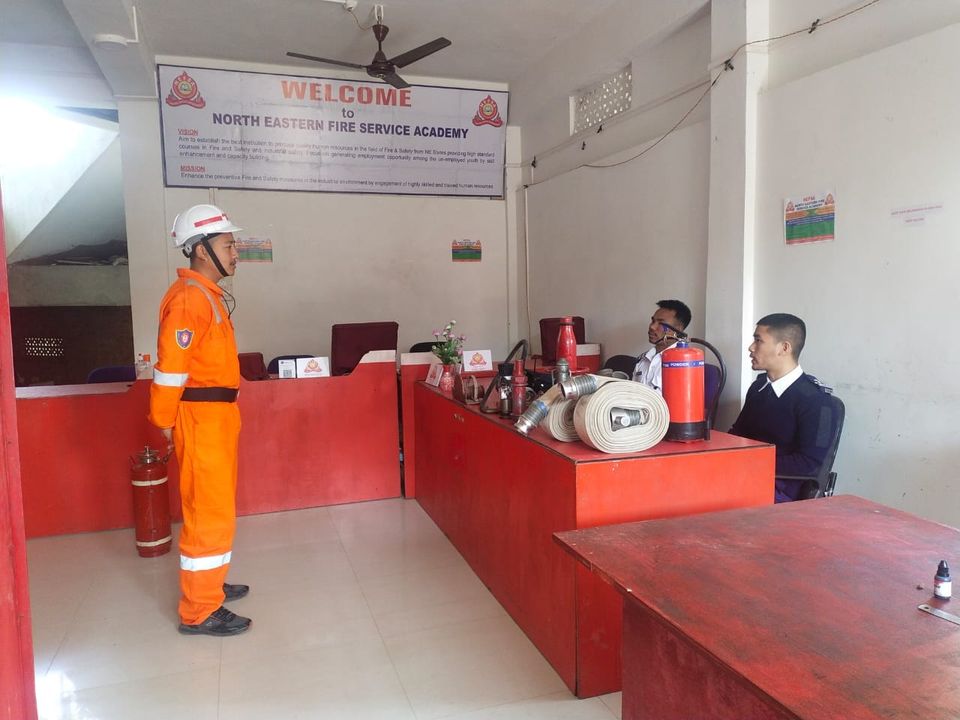Introduction
Fire safety training plays a crucial role in ensuring workplace safety. Fires in the workplace can cause severe damage, putting employees’ lives at risk and leading to financial losses. A well-prepared workforce with proper fire safety knowledge can prevent disasters and respond effectively in emergencies. In this blog, we will explore the importance of fire safety training, its key components, and how businesses can implement an effective training program.
Why Fire Safety Training is Essential
- Prevention of Fire Hazards
Fire safety training educates employees about potential fire hazards in the workplace. Understanding risks like overloaded electrical circuits, improper storage of flammable materials, or careless smoking can help prevent fires before they start. - Compliance with Safety Regulations
Many governments and workplace safety organizations mandate fire safety training. Compliance with these regulations ensures a safe working environment and protects businesses from legal liabilities and penalties. - Quick and Efficient Emergency Response
Employees trained in fire safety can act quickly during a fire emergency, minimizing damage and ensuring a safe evacuation. Proper training ensures that workers know how to use fire extinguishers, activate fire alarms, and follow evacuation procedures. - Reduction in Workplace Injuries and Fatalities
Fire-related injuries can be catastrophic. Training employees on fire response techniques can significantly reduce the risk of injuries and fatalities, ensuring a safer workplace. - Protection of Property and Business Continuity
Fires can cause extensive property damage, leading to downtime and financial losses. A trained workforce can mitigate risks, reducing the likelihood of business disruptions due to fire incidents.
Key Components of an Effective Fire Safety Training Program
- Identifying Fire Hazards
Employees should be trained to recognize potential fire hazards, including electrical issues, flammable substances, and combustible materials. - Fire Prevention Measures
- Proper storage of chemicals and flammable materials
- Safe handling of electrical appliances and wiring
- Regular maintenance and inspection of fire safety equipment
- Fire Extinguisher Training
Employees should be taught how to use different types of fire extinguishers (ABC, CO2, foam, etc.) and understand when and where to use them. - Emergency Evacuation Procedures
- Identifying emergency exits and escape routes
- Assigning fire wardens or safety officers
- Conducting regular fire drills to reinforce preparedness
- Fire Alarm and Communication Protocols
Employees should know how to trigger fire alarms and communicate fire incidents effectively to ensure a coordinated response. - First Aid and Emergency Response
Basic first aid training should be included to help employees assist injured colleagues while waiting for emergency responders.
How to Implement a Fire Safety Training Program
- Conduct a Fire Risk Assessment
Identify specific fire risks in your workplace and tailor the training program accordingly. - Develop a Comprehensive Training Plan
Collaborate with fire safety experts or local fire departments to create an effective training curriculum. - Organize Regular Training Sessions
Fire safety training should not be a one-time event. Regular refresher courses and drills help reinforce safety practices. - Use Interactive and Practical Learning Methods
Combining classroom instruction with hands-on fire extinguisher demonstrations and evacuation drills makes training more effective. - Encourage Employee Participation and Awareness
Promote a culture of safety where employees actively participate in identifying risks and improving fire prevention measures.
Conclusion
Fire safety training is a vital component of workplace protection. It empowers employees with the knowledge and skills to prevent fires, respond swiftly in emergencies, and minimize risks. Businesses that prioritize fire safety training not only ensure employee well-being but also protect assets and maintain operational continuity. Investing in a robust fire safety training program is a step towards a safer and more secure workplace.
For professional fire safety training and consultation, contact NEFSA India today!
Contact Details
📞 Phone: 9435904101 | 9435912101
📧 Email: nefsaindia@gmail.com
🌐 Website: https://nefsaindia.com/
For more Blog : Click Here
Join Us :- Click here







